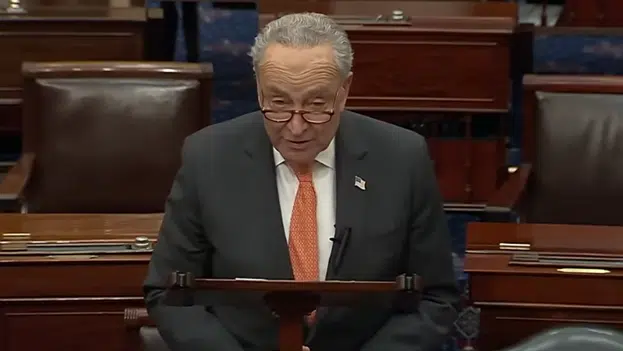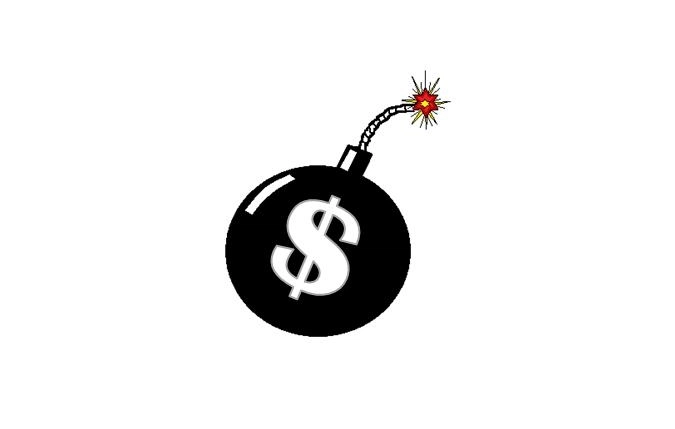Don’t look now, but labor markets might be much weaker than previously thought — and that could be bad news for Vice President Kamala Harris’ 2024 election bid against former President Donald Trump.
The Bureau of Labor Statistics (BLS) published its preliminary annual revision to its monthly establishment survey of employers, finding that reported job growth as of the 12 months prior to March 2024 had been overstated by 818,000 over that time period.
In the current dataset, which will not be fully revised until next year, 2.81 million jobs were said to have been created by employers, averaging 234,000 a month. Instead, it was more like 1.99 million, or just 166,000 a month, far below what was thought.
The revisions are done every year based on unemployment claims, according to the annual report released in January, “Establishment survey benchmarking is done each year to align employment estimates from the survey with employment counts derived primarily from the administrative file of employees covered by Unemployment Insurance (UI). All employers covered by UI laws are required to report employment and wage information to the appropriate state UI agency four times per year.”
The report explained, “The total annual revision is the difference between the benchmark level for a given March and the published March sample-based employment estimate.”
If put into the final report next year, this would be the largest downward revision since 2009 during the Great Recession, when non-farm payroll employment was reduced by 902,000.
The largest downward revisions came in professional and business services at 358,000, retail trade at 129,000 and manufacturing at 115,000.
Making matters worse, the Federal Reserve is now indicating in its most recent minutes it is ready to begin cutting interest rates to deal with rising unemployment, with the central bank reporting, “The staff’s outlook for growth in the second half of 2024 had been marked down largely in response to weaker-than-expected labor market indicators.”
Prior to 2009, in 2008, it was revised downward by 89,000. In 2007, it was revised downward by 293,000. In 2006, it was revised upwards by 752,000. In 2005, it was revised downward by 158,000. In 2004, it was revised upwards by 203,000. In 2003, it was revised downward 122,000. In 2002, it was revised downward 203,000.
In more recent history, in 2023, it was revised downward 266,000. In 2022, it was revised upwards by 566,000. In 2021, it was revised upwards by 374,000. In 2020, it was revised downward by 250,000. In 2019, it was revised downward by 514,000. In 2018, it was revised downward 16,000. In 2017, it was revised upwards by 138,000.
And in 2016, it was revised downward by 81,000. In 2015, it was revised downward 172,000. In 2014, it was revised upwards by 67,000. In 2013, it was revised downward by 119,000. In 2012, it was revised upwards by 424,000. In 2011, it was revised upward by 163,000. And in 2010, it was revised downward by 378,000.
So, what does this all mean? During periods of recession or potential softening of labor markets, once BLS counts up all of the unemployment claims, jobs reported in the establishment survey tend to be overstated. And during good times or when the economy is running hot, they tend to be understated, although instances in the 2010s indicate a hot economy can also result in overstatement.
But in no instances of recession or downturn were the jobs understated, they were always overstated, and hitting the biggest downward revision since 2009, when the economy was on its back, is likely not a good sign, particularly with unemployment up 1.47 million since Dec. 2022. The Biden-Harris economy is even weaker than previously thought — and that could be bad news for Harris. Stay tuned.
Robert Romano is the Vice President of Public Policy at Americans for Limited Government Foundation.







